Hundreds of billions of dollars in foreign direct investment have been the driving force for Vietnam's growth over the years, but have also made the domestic economy increasingly dependent on foreign forces.
From 2 million USD, Vietnam has attracted 524 billion USD of registered FDI capital after 35 years. By the end of 2022, more than 36,000 projects were operating with a total capital of 441 billion USD, 57% of which had been disbursed.
Three waves of foreign investment in Vietnam after 35 years
Top 10 economies investing the most in Vietnam
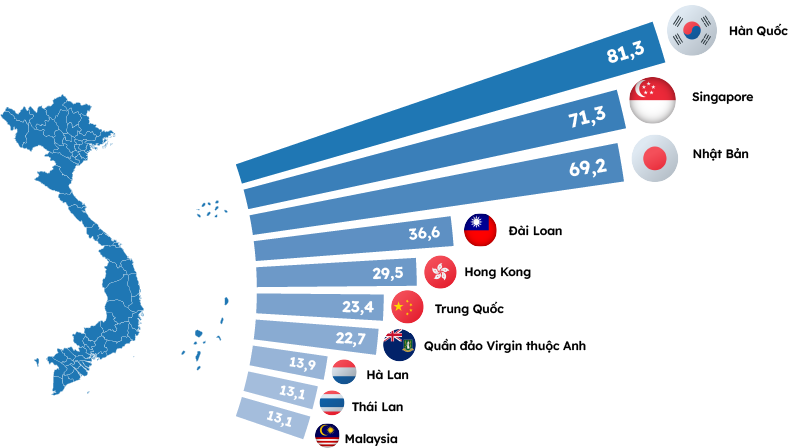
Since the early 2000s, FDI enterprises have gradually become one of the pillars of the economy. Currently, the FDI sector generates 19% of GDP, providing 35% of jobs for workers in the formal sector, although it accounts for only 3% of the number of enterprises.
The level of contribution to the economy of the FDI sector compared to the private economy and the state economy
Of the three drivers of economic growth, investment, consumption and export, FDI is driving the last one. In 1995, the market share of domestic and foreign enterprises contributing to Vietnam’s exports was 73% and 27%, respectively. Nearly 30 years later, this ratio has reversed.
Of the eight most important export items with turnover of over 10 billion USD last year, the FDI sector dominated with over 50% market share in six product groups (except for wooden furniture and seafood). In particular, FDI enterprises accounted for 98-99% of the export value of high-tech products such as computers, electronic products, phones, and components.
Proportion of FDI export market share with 8 key product groups
The FDI sector also proves to be more effective than domestic enterprises in many aspects.
In the period 2005-2021, FDI has been at the top in growth rate compared to State-owned and private enterprises for 12 out of 17 years. At the same time, although the phenomenon of transfer pricing and loss reporting by many FDI giants is frequently mentioned, in reality, this sector still has better profitability. From 2010 to now, FDI enterprises often achieve a profit margin on revenue slightly higher than State-owned enterprises and 2-3 times higher than the private sector.
In terms of labor size, 56% of companies with more than 1,000 employees are in the FDI sector. That is, more than half of large enterprises in Vietnam have foreign direct investment.
Profitability of 3 business sectors
But the success of attracting FDI does not only lie in its increasing contribution to GDP, helping Vietnam strengthen international cooperation and enhance its position, according to Dr. Phan Huu Thang, former Director of the Foreign Investment Department (Ministry of Planning and Investment).
He said that the activities of the FDI sector have indirectly brought many lessons in technology and management experience, helping Vietnamese enterprises grow faster. Many companies have developed large projects to serve domestic consumption from real estate, oil and gas to automobiles, information technology and even expanded abroad.
However, one of the biggest limitations is the lack of connection between the FDI sector and domestic enterprises, and ineffective technology transfer.
In FDI projects, the form of foreign investors forming joint ventures with domestic enterprises accounts for only 13%, the rest are 100% foreign capital. Another figure is that in nearly 400 technology transfer contracts of FDI enterprises in the last 5 years, there was no participation of domestic companies. As a result, domestic companies have not been able to follow the "eagle" to take off.
According to Dr. Thang, the reason is that domestic supporting industries have not developed fast enough, training high-tech human resources and bringing leading Vietnamese enterprises to cooperate with FDI have not received due attention. "If foreign investors are willing to transfer technology, who will they transfer it to?", he said.
The former director cited the story of when Honda opened a motorcycle factory in Vietnam in the 90s, the Japanese corporation surveyed dozens of domestic mechanical companies, mostly state-owned enterprises. However, they could not find partners to cooperate in producing spare parts and components. The factory could not localize from the beginning, only gradually increase the proportion over time.
Sharing the same view, industrial research expert Nguyen Thi Xuan Thuy said that Vietnam has done well in attracting the number of projects, but has not proactively taken full advantage of the opportunity to learn from foreign investors. The link between FDI and domestic enterprises is still loose. The number of domestic enterprises participating in the foreign enterprise supply chain is still limited.
In addition, she said that the FDI management process also left behind “painful lessons” such as: the waste discharge in Dong Nai in 2010, the environmental incident in the central coastal region in 2016; or many FDI factory owners went bankrupt and left Vietnam, leaving workers with unpaid wages, social insurance, etc.
Despite the limitations, Dr. Phan Huu Thang believes that the process of attracting and managing FDI over the past 35 years should be evaluated in the context of the country having to start almost from zero after a long period of war. When opening up, Vietnam lacked both hard infrastructure and the superstructure of managing the market economy, technology, and finance.
“Success is primary, survival is secondary in a rapid development process,” concluded Dr. Phan Huu Thang.
To avoid repeating inherent limitations, Dr. Thang said that the authorities need to properly implement the direction in the 2019 Politburo resolution on improving the quality and effectiveness of foreign investment cooperation. He emphasized that this policy clearly states the spirit of "cooperation" with FDI instead of simply "attraction".
“There are opportunities from shifting global capital flows, but Vietnam still has a lot of work to do if it really wants a new wave of investment,” the expert said.
Content and Data: Viet Duc - Le Tuyet
Graphics: Hoang Khanh - Thanh Ha
Vnexpress.net

































































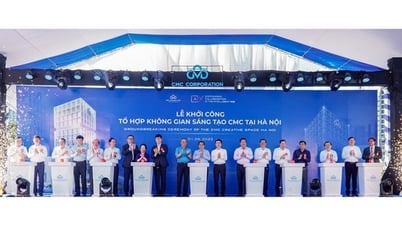

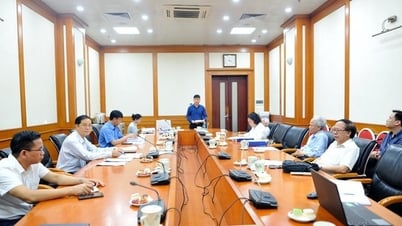






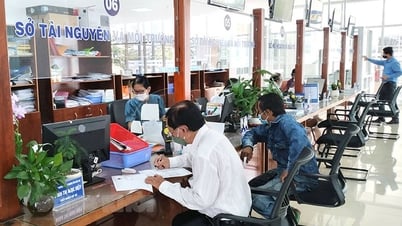

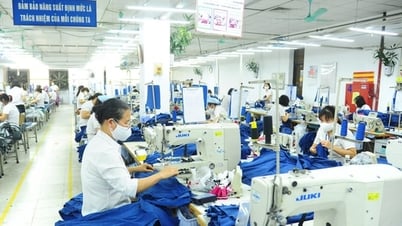






















Comment (0)